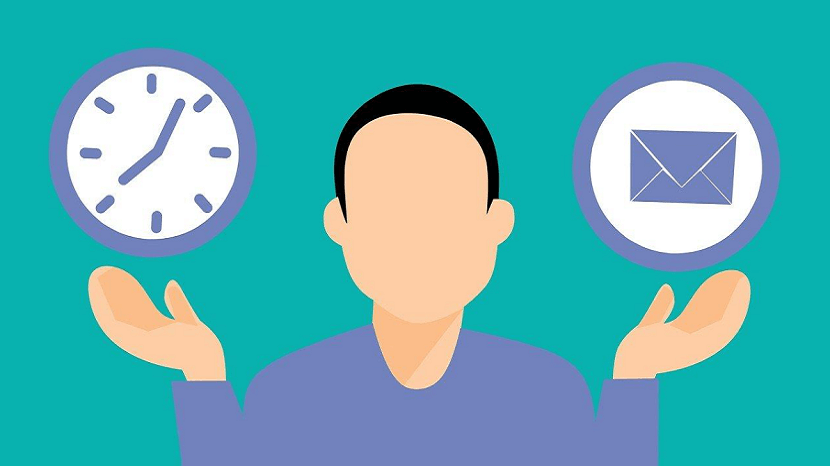
Did you know cold emails generate a higher ROI than any other lead generation form? In fact, 89% of marketers of different companies claim that emailing is their primary channel for lead generation, and 760% of marketing professionals have experienced increased revenue from email marketing.
Cold emails play a crucial role in sales engagement and automation. They help businesses reach out to potential clients and generate leads effectively. Over time, cold emails have evolved from generic pitches to personalized, strategic communication. This evolution has made them more effective in building relationships and converting leads.
What is a сold email?
A cold email is a message sent to someone without a prior relationship with the sender. Its primary purpose is to initiate a conversation and build a business relationship.
Unlike warm emails, sent to someone with whom you have had previous interactions, or marketing emails, often sent to a broad audience, cold emails are targeted and personalized to engage specific recipients.
Cold emails are essential for growing your business. They allow you to introduce your product or service, offer custom solutions, and build trust. When done right, cold emails can transform strangers into valuable business partners.
How to write a cold email and generate more leads
Personalization and timing are crucial when it comes to cold email campaigns. Tailoring your message to the recipient and properly scheduling it can significantly improve your chances of generating leads.
1. Write an engaging subject line
According to OptinMonster, 47% of recipients open cold emails based on the subject line. So it’s crucial to make it appealing and eye-catching.
To optimize your subject lines, start with the length: the ideal word count is between six and ten words. When in doubt, keep it shorter. Here are some tips:
- Keep it short, intriguing, and relevant: Use action words and focus on the recipient's needs.
- Personalize the subject line: You should include the recipient’s name or specific details about their business.
- Avoid spammy language: Avoid words like "free" or "urgent," which might trigger spam filters.
Examples of effective subject lines:
- "Here's how you can efficiently manage your sales"
- "How to improve your marketing strategy in one month”
- "Quick question about your recent project"
2. Keep your email simple and concise
Long or wordy email copy often demotivates your recipients from reading it. Shorter email are more effective because they quickly convey your point to recipients who have yet to decide to invest time in your service.
- Clarity and relevance are critical: Be clear about the purpose of your email, and ensure that every sentence adds value for the recipient.
- Optimal length and structure for cold emails: Aim for 50-125 words, focusing on the key message and removing unnecessary details. Start with a personalized greeting and a short introduction, then add a clear value proposition and a concise call to action.
3. Personalization
Researching your prospect is vital with an email finder tool. Use LinkedIn, company websites, and industry news to gain insights into the recipient's business, role, and challenges.
- Mention recent achievements, shared connections, or specific challenges the recipient faces.
- Personalize the subject line with their name, tailor the introduction to their recent activities, and customize the body to address their needs and challenges.
4. Send emails at the right time
Best practices for scheduling your emails include:
- Send them during business hours, preferably mid-morning or mid-afternoon.
- Avoid Mondays and Fridays.
- Consider the recipient's time zone.
Statistics show that Tuesday and Thursday mornings are the best times for email open rates.
5. Follow-up

Follow-up emails are very important in the sales process. They remind recipients of your initial message and increase the chances of a response. Send a follow-up email in 2-3 days after the initial email.
- Be polite and add value in each follow-up.
- Maintain a proper balance between persistence and respect for the recipient's time: Limit follow-ups to 2-3 times and space them out over a couple of weeks.
Mistakes to avoid when sending cold emails
There are certain pitfalls when it comes to cold email outreach. Check out our list to ensure your emails bring the best results.
1. Over-automating
Relying too heavily on automation without customization can make your messages look impersonal and more likely to be ignored or marked as spam.
Luckily, many email automation tools offer a number of features to help you set up personalized campaigns. Choose the one that fits your goals and budget and helps you find the much-needed balance between automation and manual work.
2. Ignoring feedback
Tracking metrics and prospects’ feedback is crucial. Monitoring open rates, response rates, and other data helps you understand what works and doesn’t. The feedback from recipients can provide valuable insights into their preferences and pain points.
Use this data to tweak your subject lines, email content, and follow-up strategies. Regularly update your marketing and sales strategy.
3. Overlooking audience segmentation
Sending generic emails to a broad audience often results in poor engagement. One-size-fits-all messages are unlikely to resonate with most recipients.
Effective audience segmentation involves dividing your customer base based on industry, job role, company size, previous interactions, etc. This lets you craft targeted messages that meet each prospect's needs.
Conclusion
When done right, cold emailing can be an effective tool for generating leads and building lasting relationships. By following the key techniques outlined in this article, you can craft compelling cold emails that grab attention, deliver value, and convert strangers into valuable leads.
Remember, personalization, timing, and a clear call to action are all crucial for success.
So, what are you waiting for? Start crafting your cold emails today and watch your lead-generation efforts pay off!
If you found this article helpful, we encourage you to share it on your social media platforms—because sharing is caring! For more information about article submissions on our website, feel free to reach out to us via email.
Send an emailWritten by RGB Web Tech
Latest Technology Trends
Latest technology trends shaping the future, including AI advancements, blockchain innovation, 5G connectivity, IoT integration, and sustainable tech solutions. Explore breakthroughs in quantum computing, cybersecurity, augmented reality, and edge computing. Stay ahead with insights into transformative technologies driving innovation across industries and revolutionizing how we live, work, and connect.
Related Articles - Digital Marketing
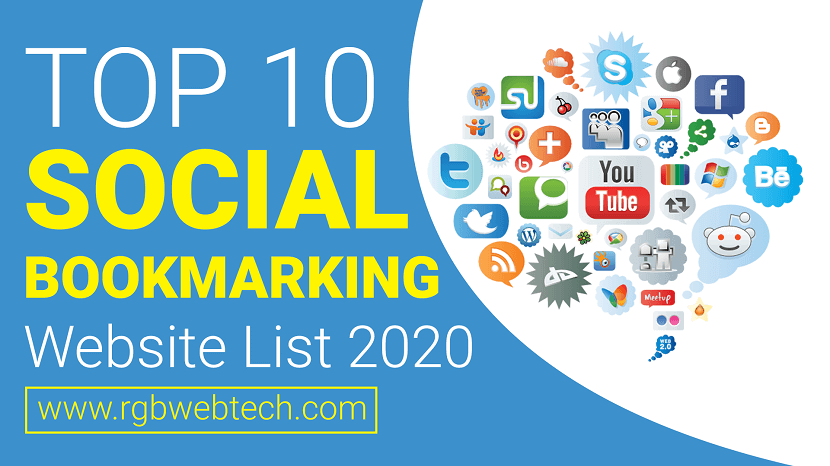
Social Bookmarking Sites List
Social Bookmarking is one of the Off-Page SEO techniques. On Social Bookmarking websites, you can share your site or blog content like images, articles ...

Linkedin Groups for Job Seekers
LinkedIn lets users join relevant groups, expand personal brands, and connect with more professionals to boost networking and visibility.

Facebook Groups for Job Seekers
Facebook lets users join relevant groups, expand their brand, and reach more people, enhancing networking and engagement opportunities.
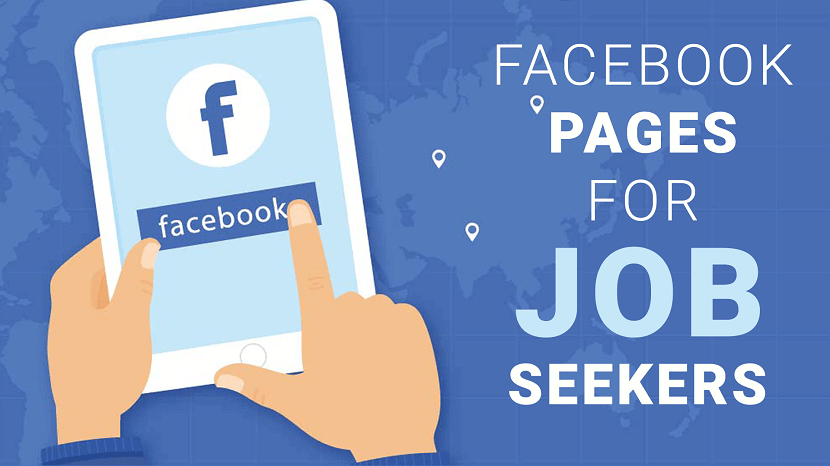
Facebook Pages for Job Seekers
A Facebook fan page is used to advertise business, brand, product, or services. When a user visits the Facebook page, she/he can become a fan ...

Why is SEO important for any Brand or Business
To survive in today’s competitive market, SEO is very imperative for any brand or business. The search engine serves millions of users per day
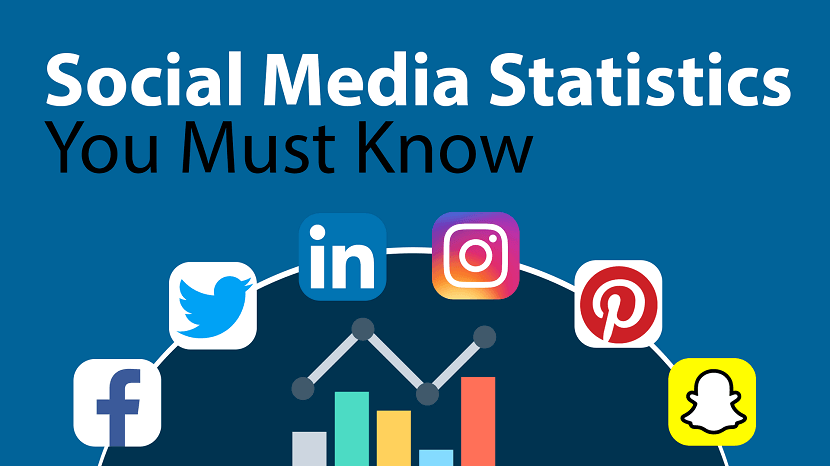
Social Media Statistics
Social media boasts of 4.55 billion users now–about 57.6% of the total world population. Its ability to connect the world never ceases to amaze.
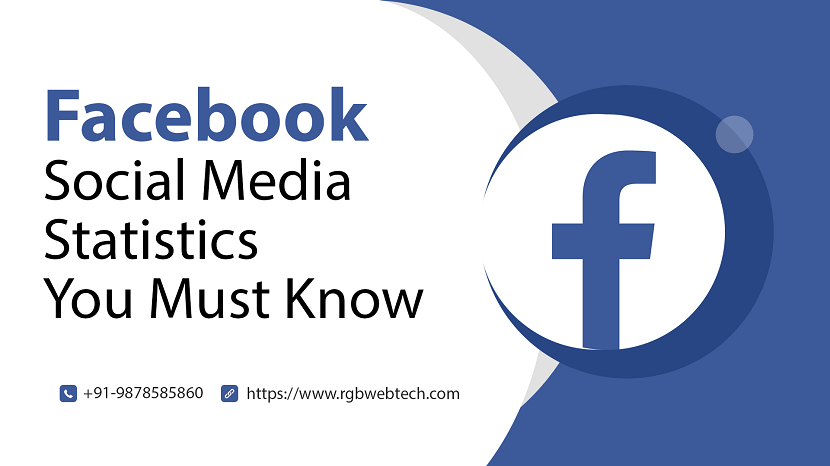
Facebook Social Media Statistics
Facebook is the OG social media platform and the largest one by nearly every metric. Love it or hate it, the social giant — and soon-to-be harbinger ...
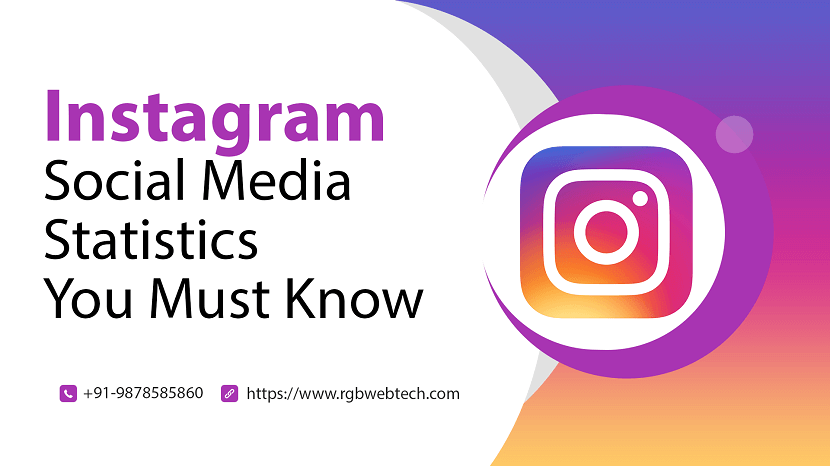
Instagram Social Media Statistics
As of January 2022, roughly 31 percent of global Instagram audiences were aged between 25 and 34 years. Over two thirds of total Instagram audiences ...
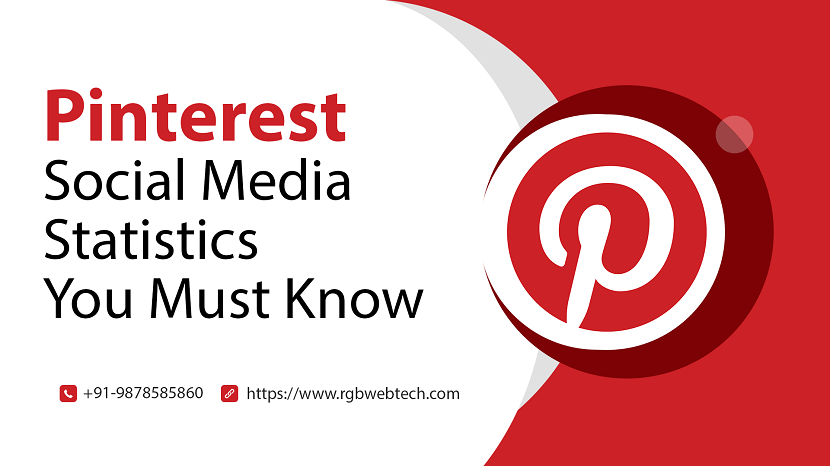
Pinterest Social Media Statistics
As of January 2022, Pinterest ranks 14th globally with active users, surpassing Twitter and Reddit in popularity. Discover its potential for your brand.
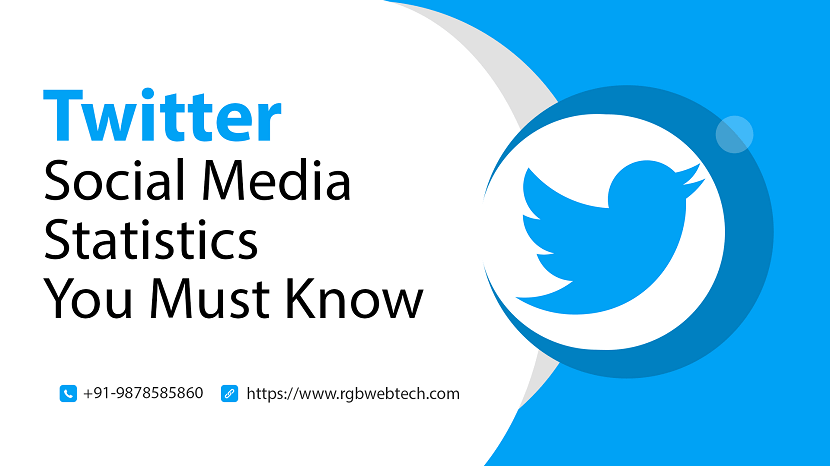
Twitter Social Media Statistics
Twitter is an online social networking service that enables users to send short 280-character messages called tweets. According to recent social media ...
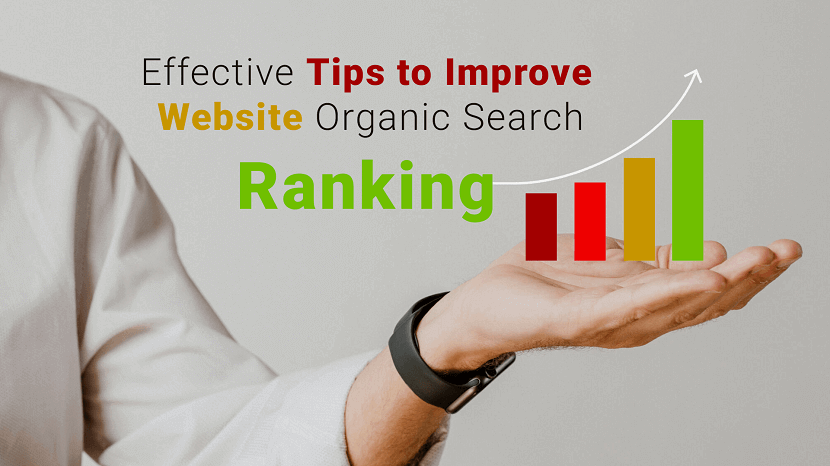
Improve Website Organic Search Ranking
Correct SEO allows Google to direct traffic to your business. Your site's Ranking determines the organic traffic you receive on Google's Search Engine ...
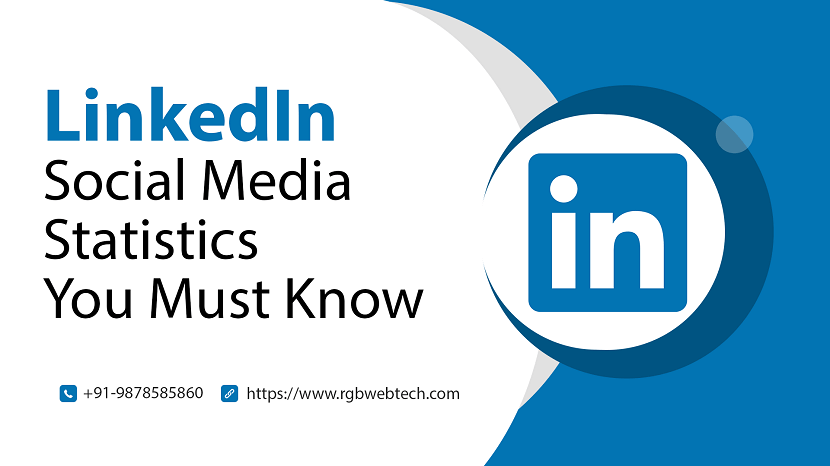
LinkedIn Social Media Statistics
The platform currently has over 660 million registered users, with 303 million of them being active on a monthly basis. 90 million of these users ...
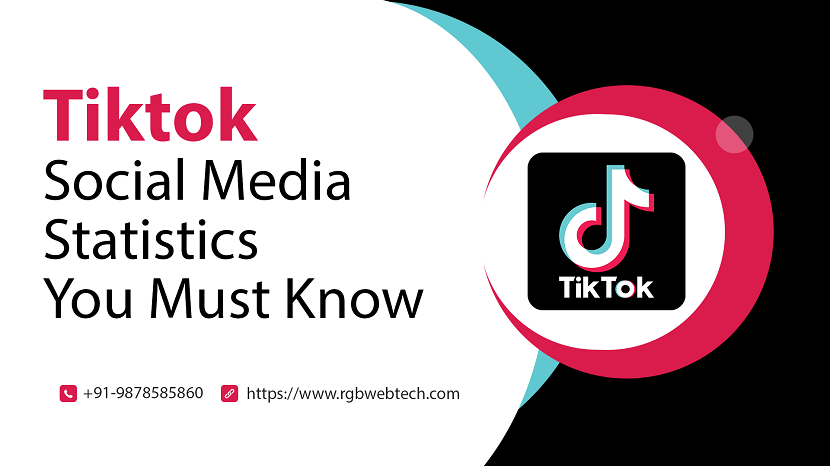
Tiktok Social Media Statistics
TikTok, with over 1 billion users in 150+ countries, is a powerful platform for brands. Discover how it can boost your brand visibility and growth.
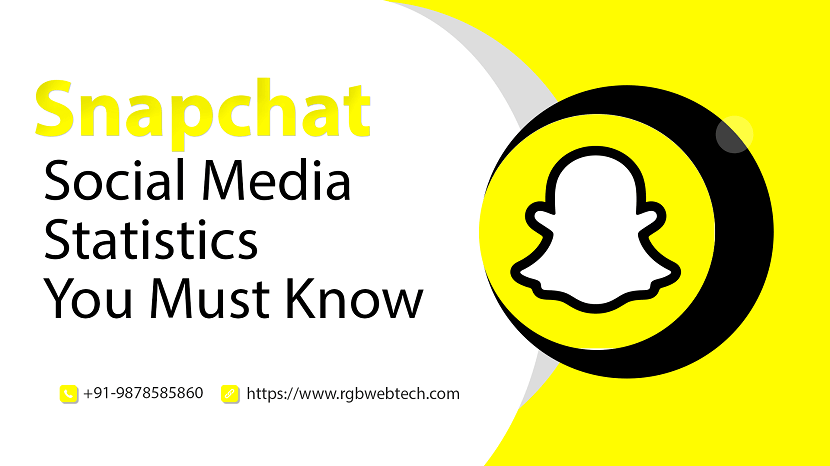
SnapChat Social Media Statistics
Around 54.4% of Snapchat users are female and 44.6% are male. India has the most Snapchat users (115.95 million), followed by the U.S (106.2 million.)
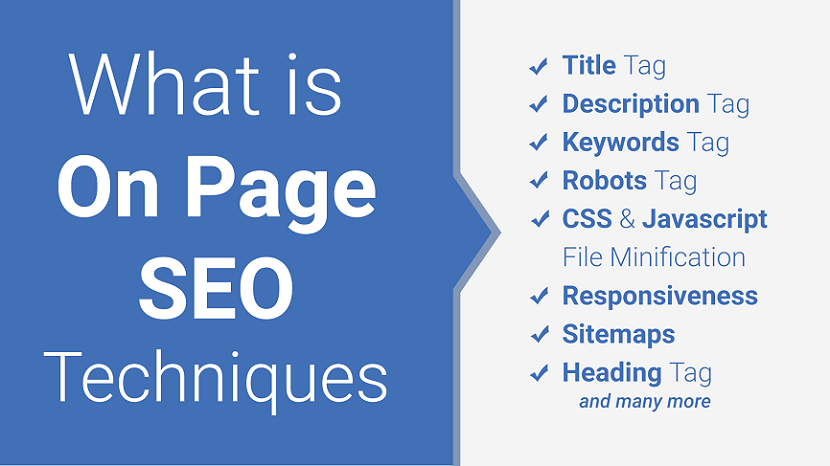
On Page SEO
Learn about the top On Page SEO Techniques that earn more relevant traffic and rank higher in search engines.
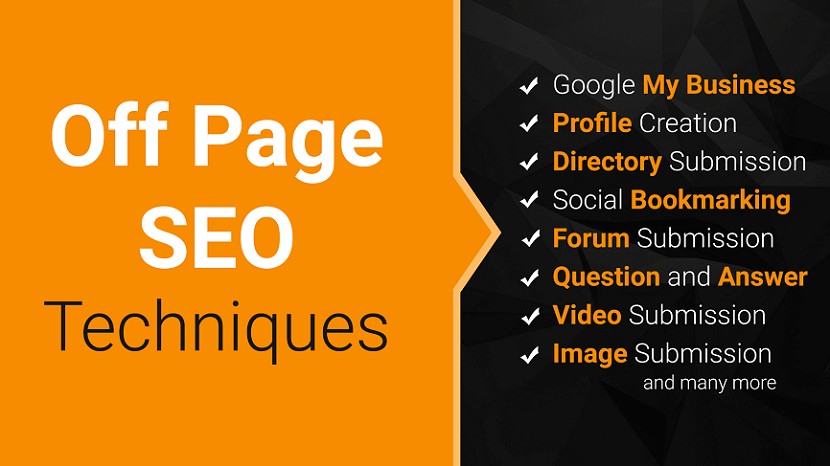
Off Page SEO
Learn about the best Off Page SEO Techniques that earn more relevant traffic to your website and rank higher in search engines.
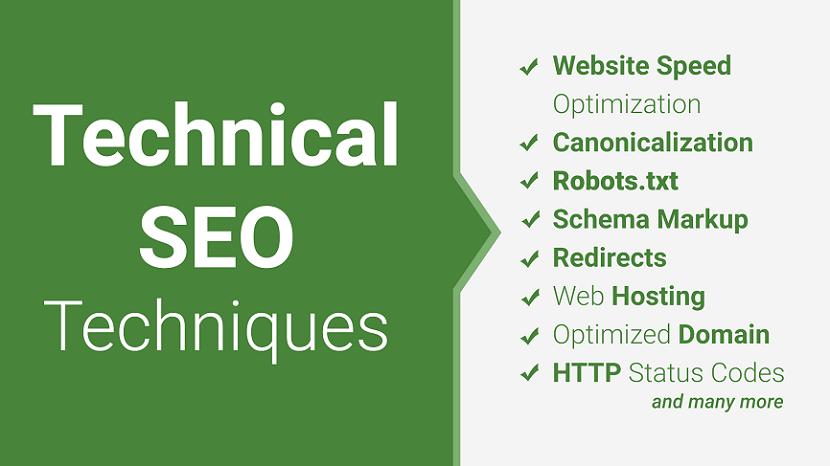
Technical SEO
Learn about the best Technical SEO Techniques that earn more relevant traffic to your website and rank higher in search engines.
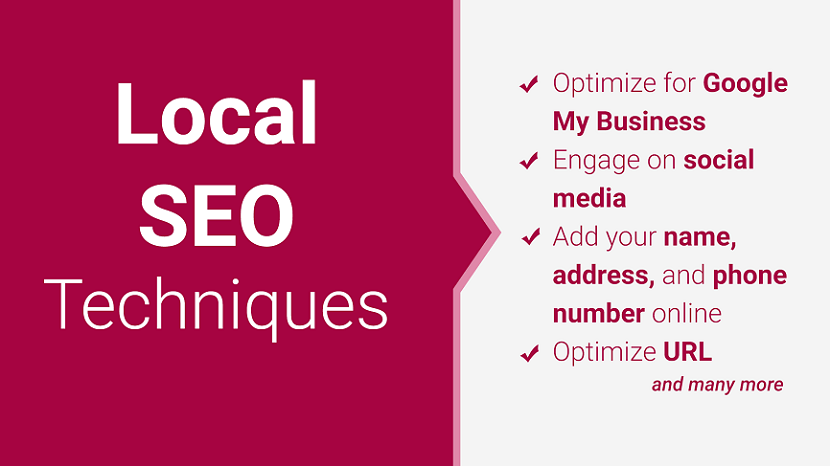
Local SEO
Learn about the Local SEO Techniques that earn more relevant traffic to your website and rank higher in search engines.
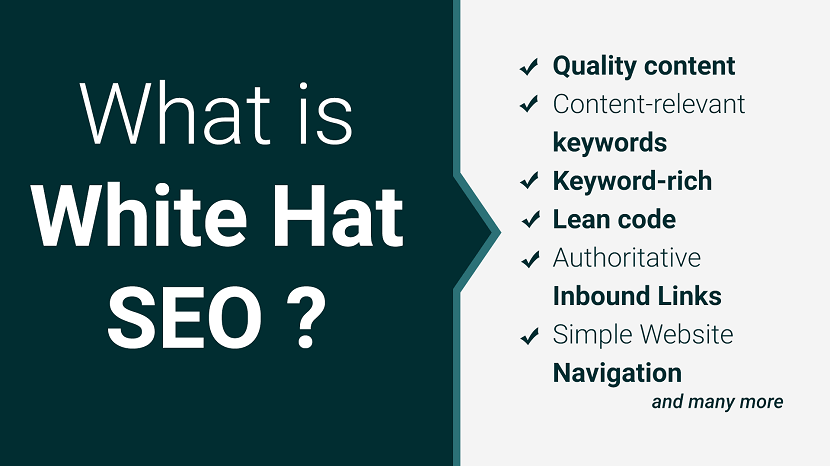
White Hat SEO
If you want your website to appear in the top results of search engines, you need to implement the best White Hat SEO techniques.
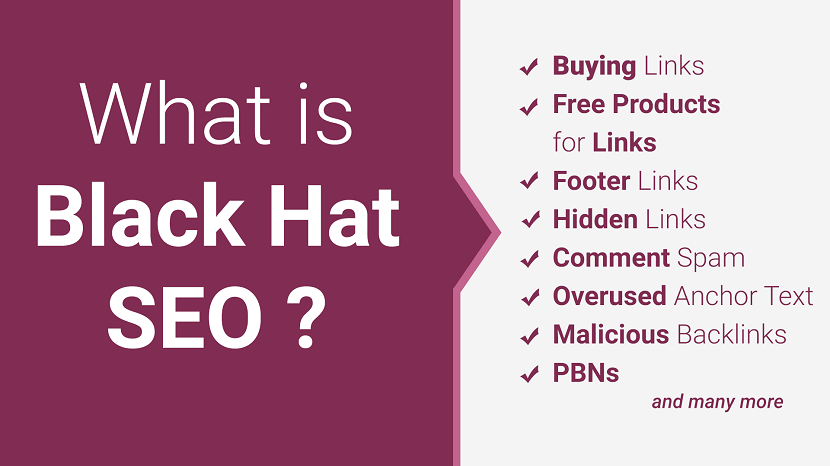
Black Hat SEO
This article will explain what black hat SEO techniques involve so you can make sure to avoid them when devising your organic search strategy.
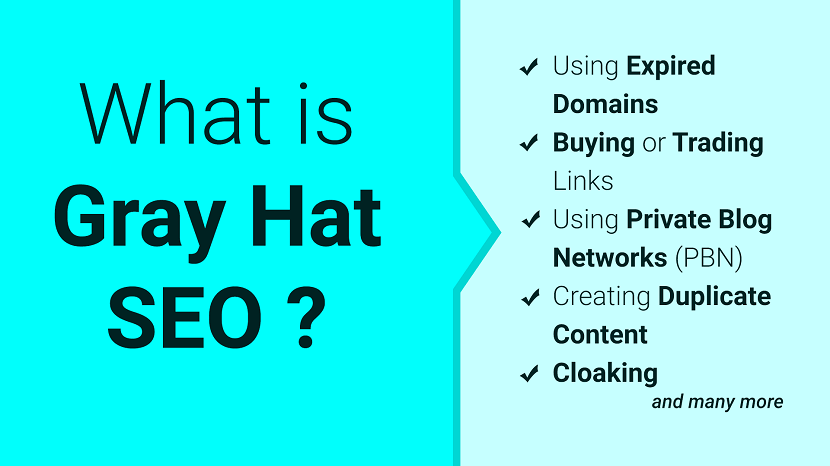
Gray Hat SEO
What is gray hat SEO?, and should your business be doing it? Get the facts on gray hat SEO here.
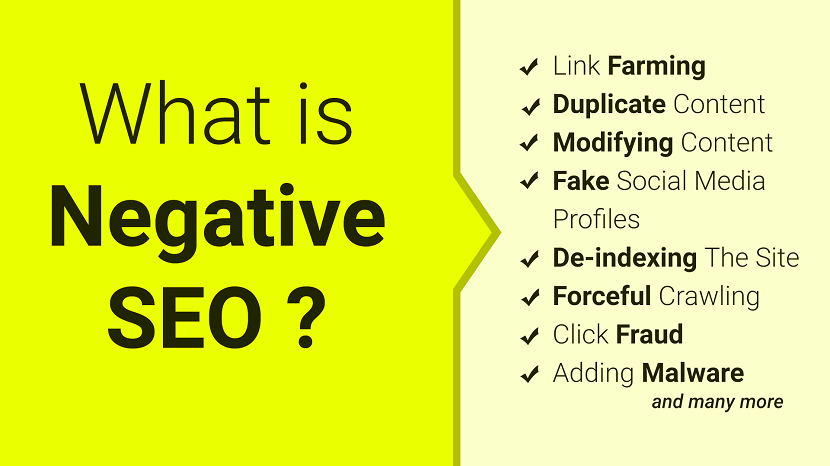
Negative SEO
Negative SEO is the act of using Black Hat SEO on other websites in order to get them penalized by Google. Learn more on how to defend against Negative SEO
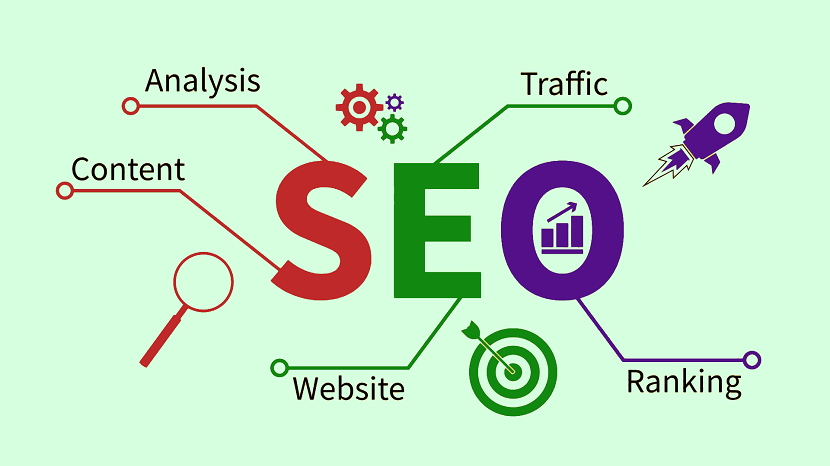
Search Engine Optimisation
Discover key SEO strategies to boost your website's visibility, enhance search rankings, and attract more organic traffic effectively.
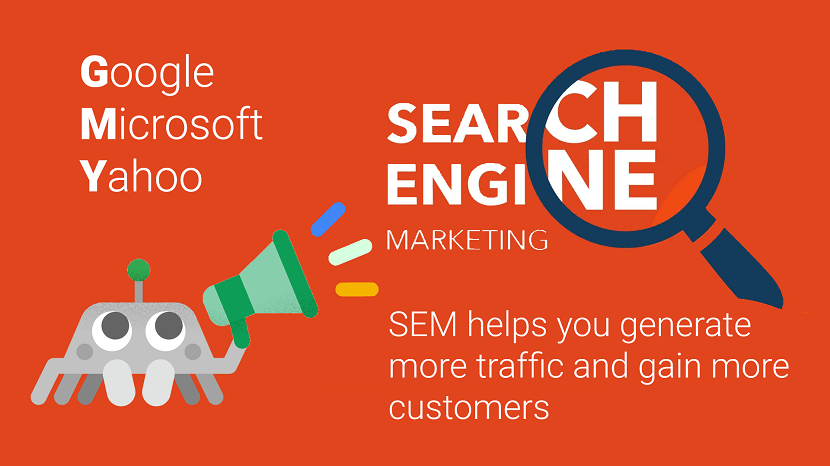
Search Engine Marketing
Search engine marketing (SEM) is a digital marketing strategy used to increase the visibility of a website in search engine results pages (SERPs).
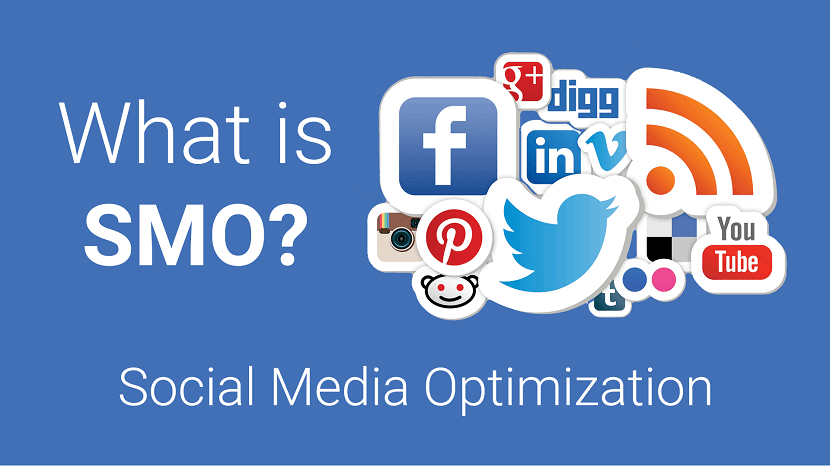
Social Media Optimization
Social media optimization (SMO) is the use of social media networks to manage and grow an organization’s message and online presence.
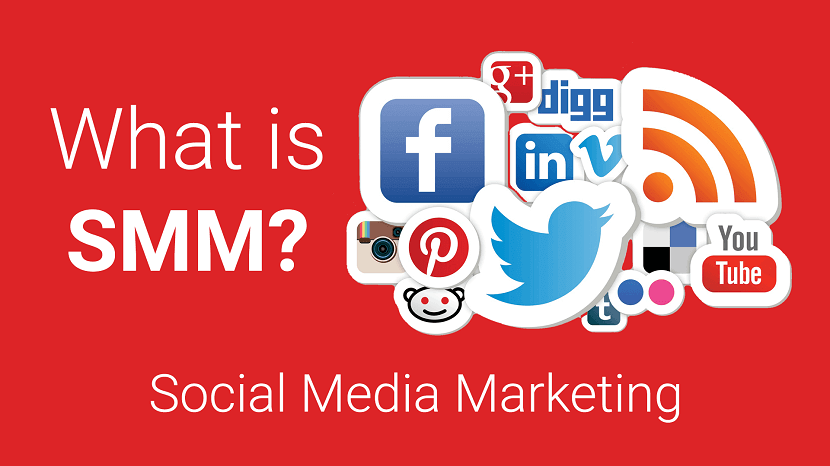
Social Media Marketing
Social media marketing is a powerful way to grow your business. Use these tips and steps to build your best social media marketing strategy.
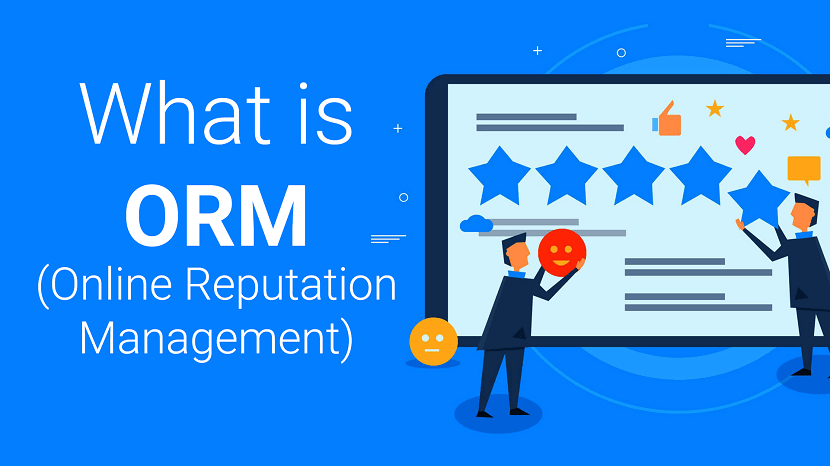
Reputation Management
Online reputation management is the effort to influence what and how people think of a brand or person on the web.
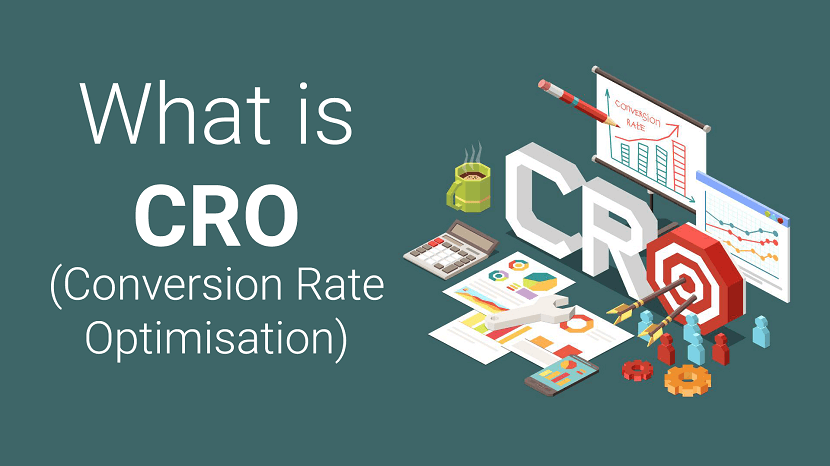
Conversion Rate Optimisation
Conversion rate optimization (CRO) helps you remove roadblocks to conversion on your website. Learn how to use CRO to get your customers to convert.

SEO Trends
Stay ahead of the digital game with the latest SEO trends for 2023! Boost rankings, drive traffic, and dominate search results.

SEO Marketing Business
Unlock growth potential! Explore SEO's vital role in business ops. Learn the synergy between search optimization and efficient operations
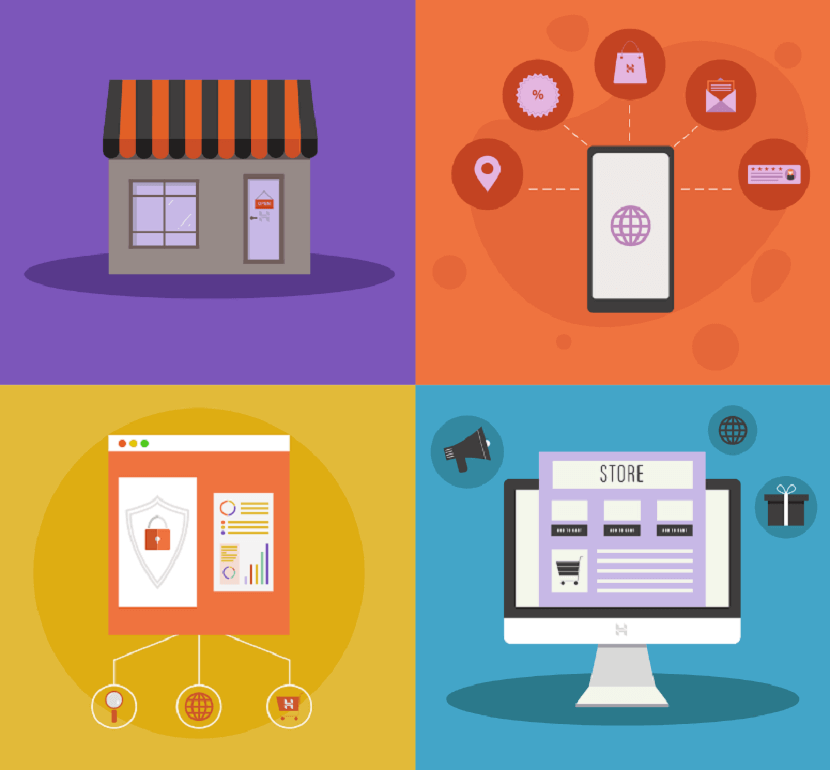
E-commerce SEO
Master E-commerce SEO in tough markets. Dominate your niche with proven strategies. Boost sales and outshine competitors.
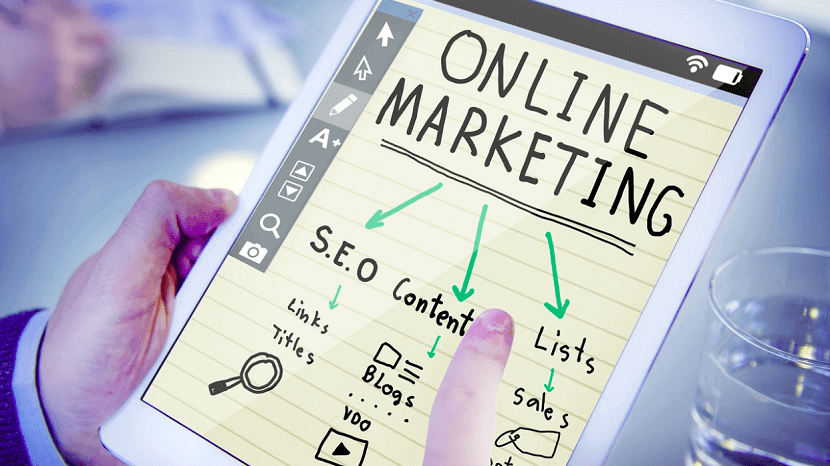
SEO for Startups
Boost your startup's online presence with expert SEO strategies. Learn to rank higher and attract more customers in this comprehensive guide.
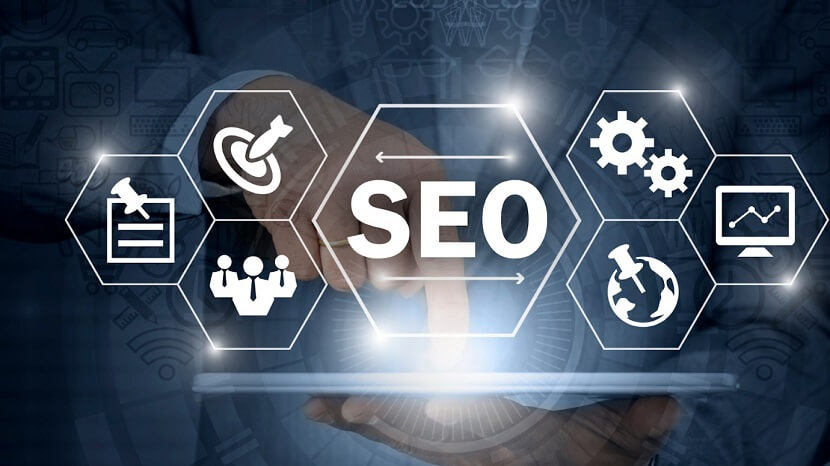
Without an SEO Checklist Your Google Ranking Will Fall
Boost your Google ranking with our SEO checklist! Don't let your website fall behind. Discover the key factors for online success now.

Marketing in the Digital Age
Unlock the power of digital innovations in marketing to drive exceptional results. Explore strategies reshaping the industry.
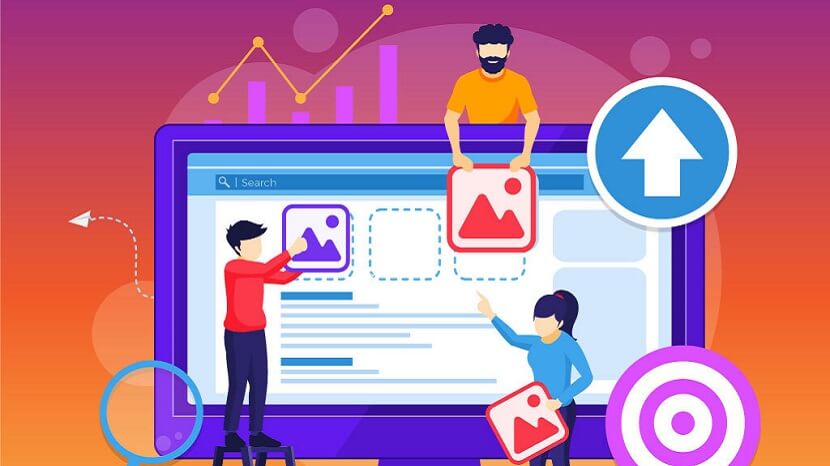
Image Optimisation for SEO
Maximize website visibility with effective image optimization! Enhance SEO by optimizing filenames, alt text, and image size for better rankings.
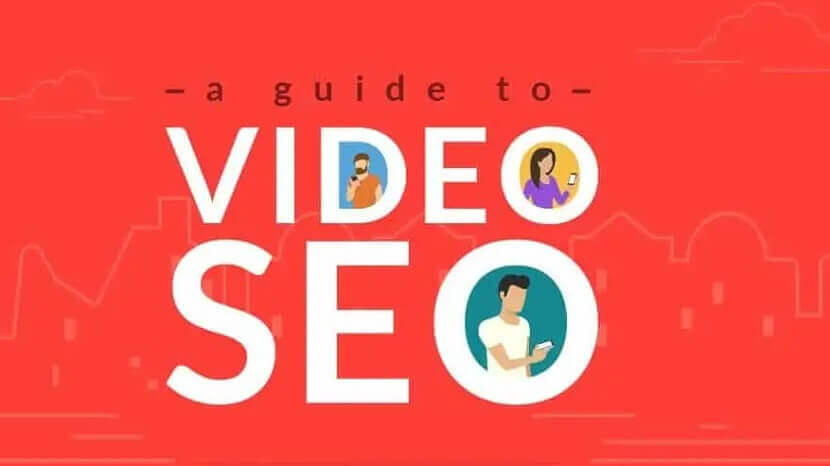
Optimize Video for SEO
Unlock the power of Video SEO to boost visibility and drive organic traffic. Optimize titles, descriptions, and engage viewers effectively!

Quality Writing in Digital Marketing
Transform your digital marketing with compelling content. Learn how quality writing drives conversions. A must-read for marketers!
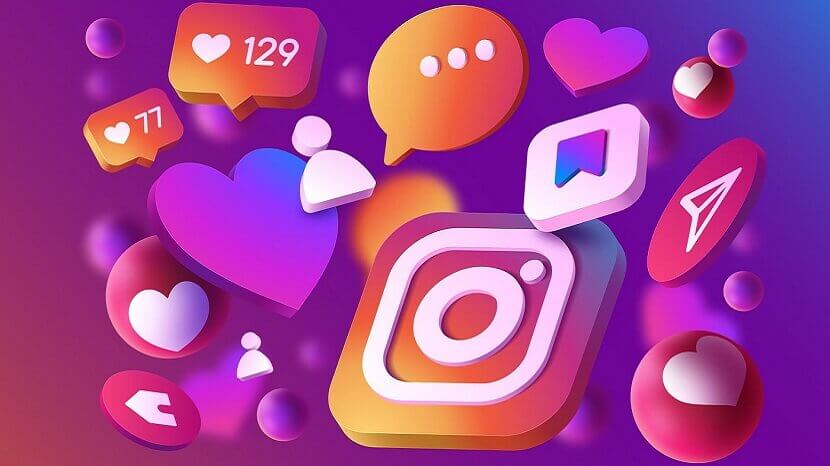
Why Social Media Followers are Important
In today's world, social media followers signify influence, credibility, and reach, shaping perceptions and opportunities for individuals and businesses.

Leverage AI for Social Media Marketing
Unlock the power of AI for social media marketing with these 7 savvy strategies. Optimize, engage, and elevate your brand's online presence!

Trademark Monitoring is Key for Modern Brands
Discover why trademark monitoring is essential in today's digital world. Safeguard your brand's identity and reputation effectively.

SEO and SEM Approach to B2B Lead Generation
Explore an integrated SEO and SEM strategy for B2B lead generation, boosting visibility and conversions through synergistic digital tactics.

How to Increase Website Traffic
Discover effective strategies to boost your web traffic with our guide on increasing bulk traffic. Learn tips and techniques for success today!
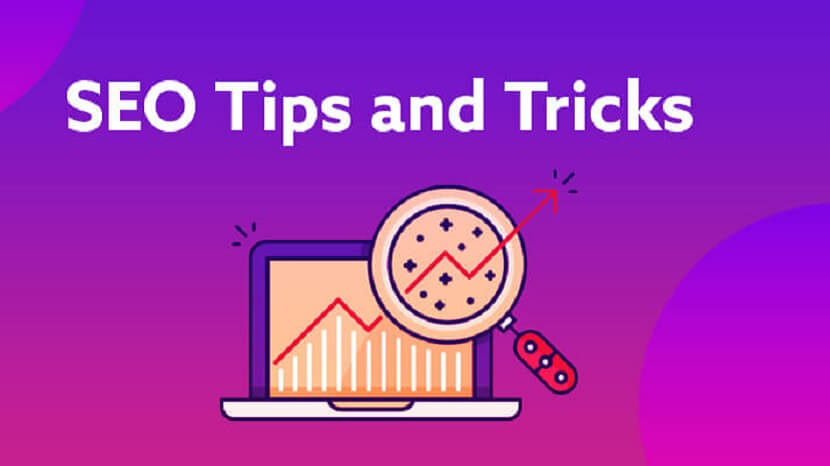
7 SEO Tips to Boost Your Website Search Engine Ranking
Boost your website's search engine ranking with these 7 essential SEO tips. Improve visibility, increase traffic, and achieve online success today!
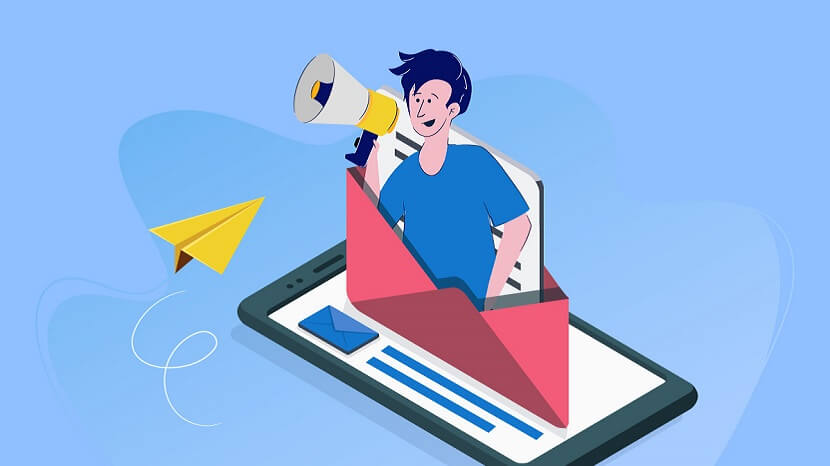
Top 5 Most Powerful and Must-Have Email Marketing Tools
Discover the top 5 powerful email marketing tools that can elevate your campaigns. Must-have features for success in your marketing strategy!

Understanding the Role of Managed Network Services in Digital Marketing Strategy
Discover how managed network services enhance digital marketing strategies by optimizing performance, ensuring security, and driving growth.

How to Choose the Best Programmatic Ad Platforms for Your Strategy
Discover how to select the ideal programmatic ad platforms tailored to your marketing strategy, maximizing efficiency and ROI in your campaigns.
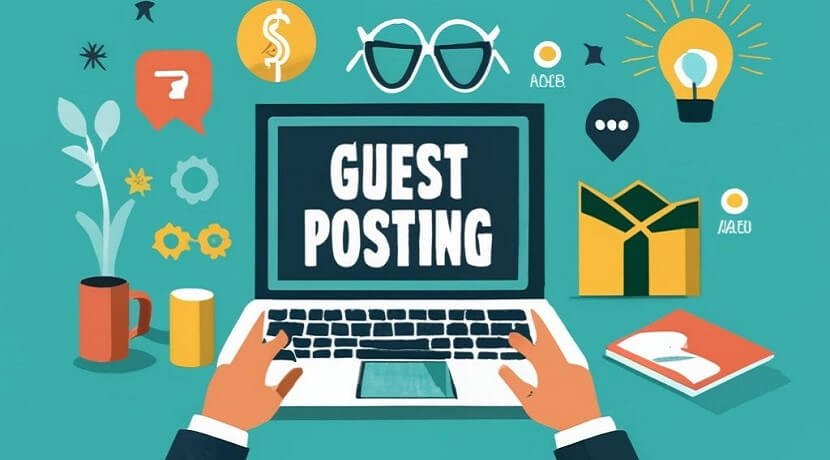
How to Evaluate the Success of your Guest Post Campaign
Learn how to measure the success of your guest post campaign with key metrics like traffic, engagement, backlinks, and conversions in our guide.
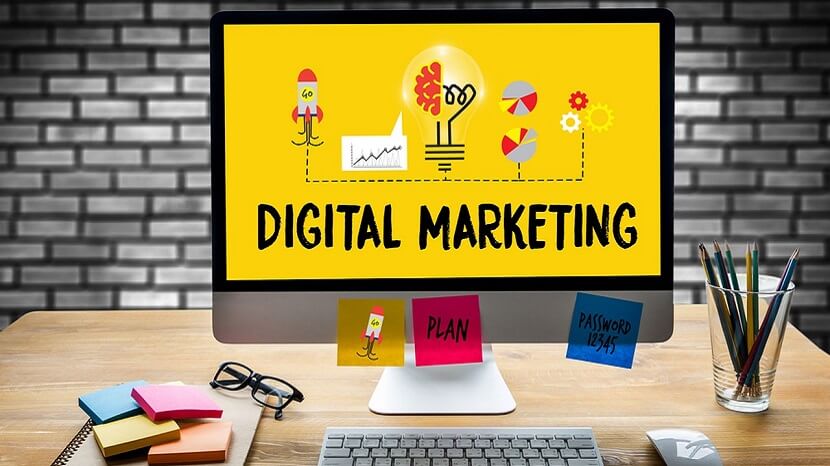
Top 5 Digital Marketing Trends for Retail Stores
Explore the top 5 digital marketing trends for retail: AI customization, social shopping, AR experiences, omnichannel strategies, & sustainable branding.

Effective Search Engine Marketing Tactics for B2B Software and Technology Advancements
Unlock growth with cutting-edge SEO strategies tailored for B2B tech firms. Elevate visibility and drive conversions with precise search engine marketing.

How To Write A Cold Email Techniques That Generate Leads
Properly executed, cold emails effectively build relationships and generate valuable leads. Start refining your cold email strategy today!
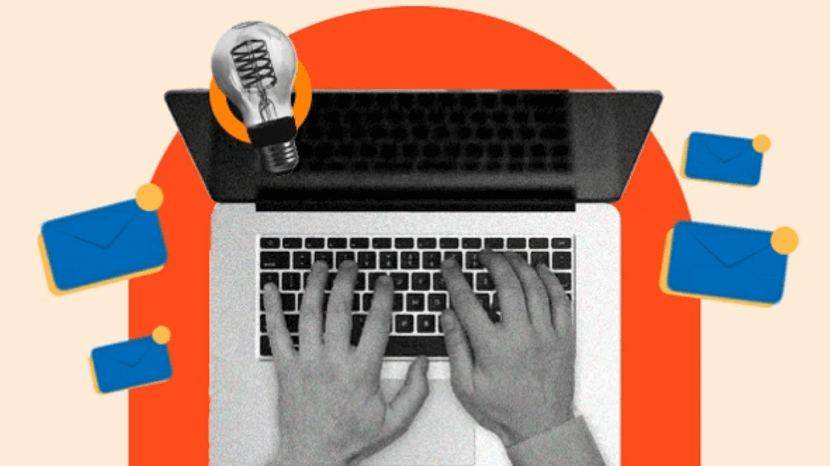
The Path to Mastery Developing Copywriting Skills for Beginners
Unlock your potential with
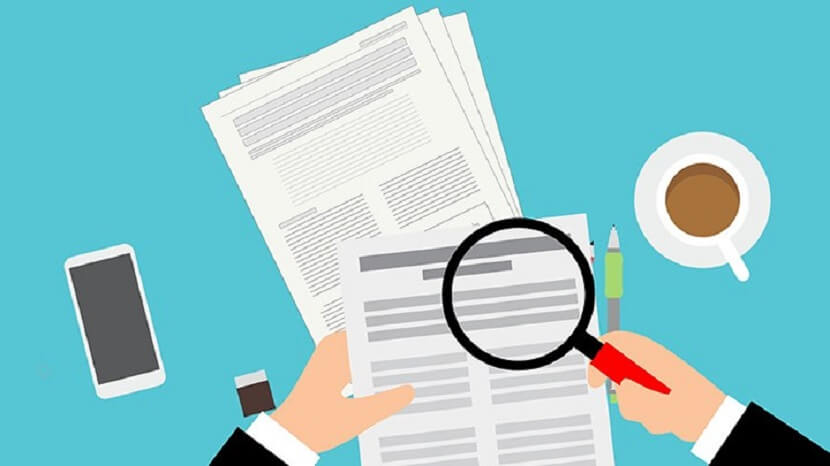
The Consequences of Plagiarism on Your Guest Blogging Efforts
Discover the serious repercussions of plagiarism on your guest blogging efforts, from damaged reputation to lost opportunities and SEO penalties.

How White Hat Link Building Avoids Google Penalties
Discover how white hat link building strategies help your website avoid Google penalties by focusing on ethical practices and quality content.
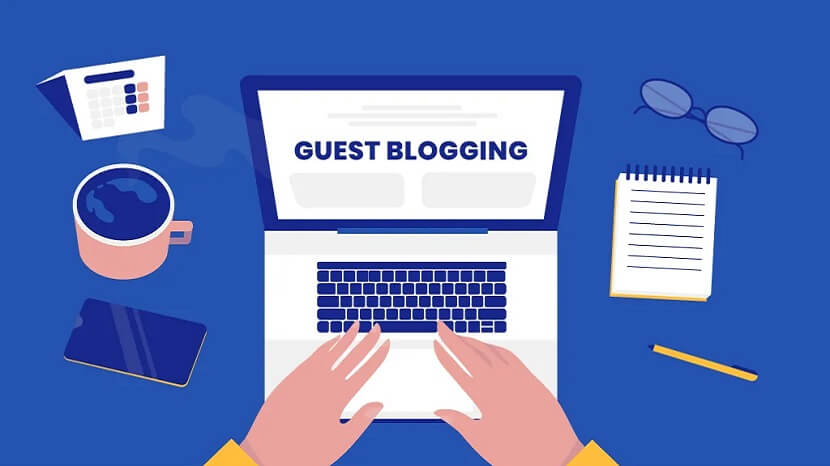
Link Building Through Guest Blogging
Discover effective strategies for link building through guest blogging. Boost your site's SEO, drive traffic, and enhance online visibility today!
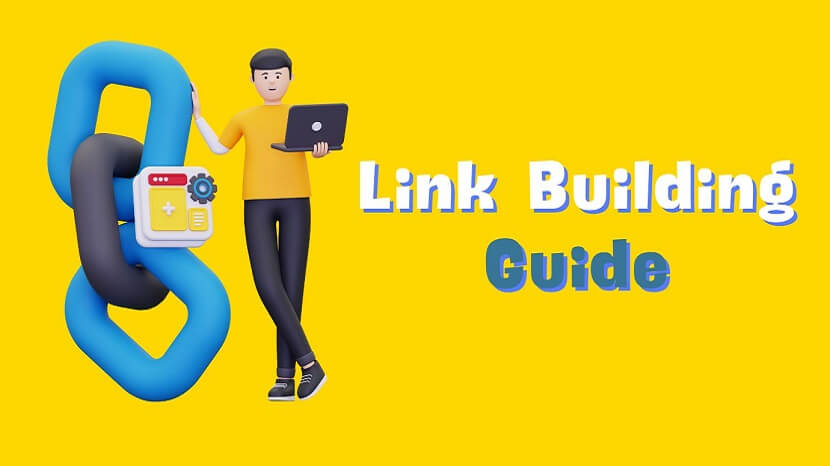
The Complete Link Building Guide: Proven Techniques to Enhance Your SEO
Boost your SEO with our Complete Link Building Guide! Learn proven techniques to acquire quality backlinks and improve search rankings.
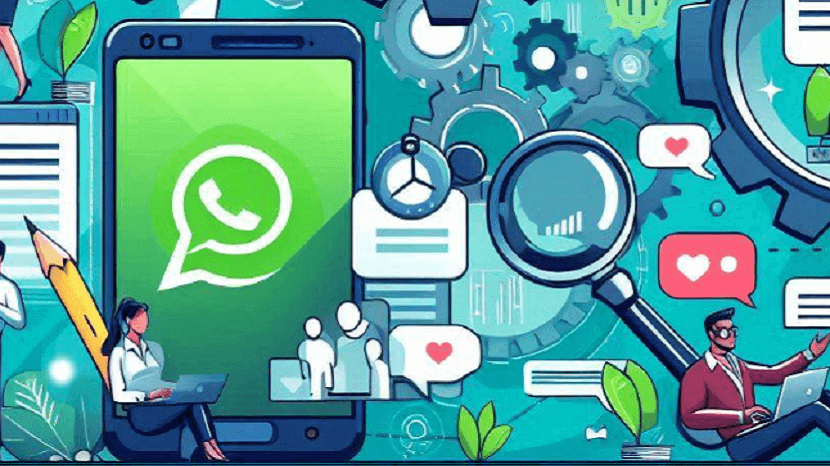
How can marketing automation drive personalized communication through WhatsApp?
Unlock the power of personalized marketing on WhatsApp with automation and data integration to engage customers effectively and boost interactions.
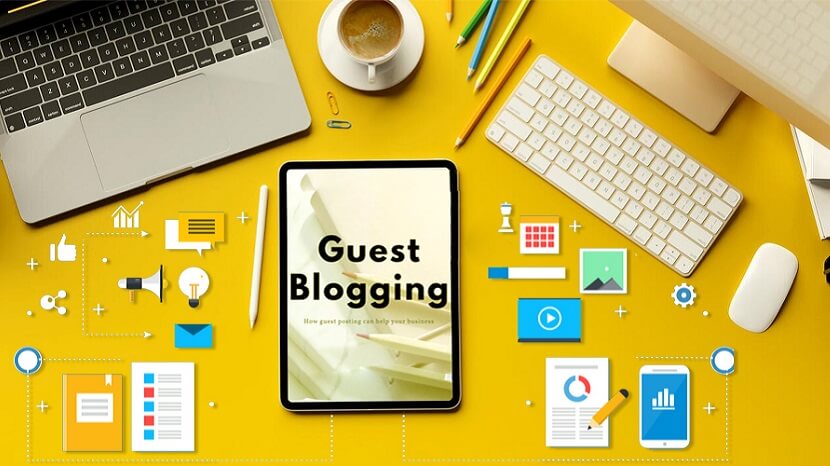
How to Write Guest Posts That Get Accepted Every Time
Discover proven strategies for crafting guest posts that get accepted every time. Boost your outreach success with expert tips and tricks.

Tips on How to Successfully Promote Your Marketing Business
Unlock expert tips to effectively promote your marketing business. Boost your brand, enhance online presence, and drive client growth successfully!

Key Event Marketing Tips and Strategies for Success
Master key event marketing tips and strategies to boost visibility, drive attendance, and achieve event success. Expert insights await!

SEO Companies for Attorneys
The perfect SEO company for attorneys! Learn key signs to ensure you choose experts who can boost your legal practice's online success.

How Tailored SEO Solutions Can Revolutionize HVAC Industry Growth
How tailored SEO solutions can drive growth in the HVAC industry by boosting online visibility, leads, and customer engagement.
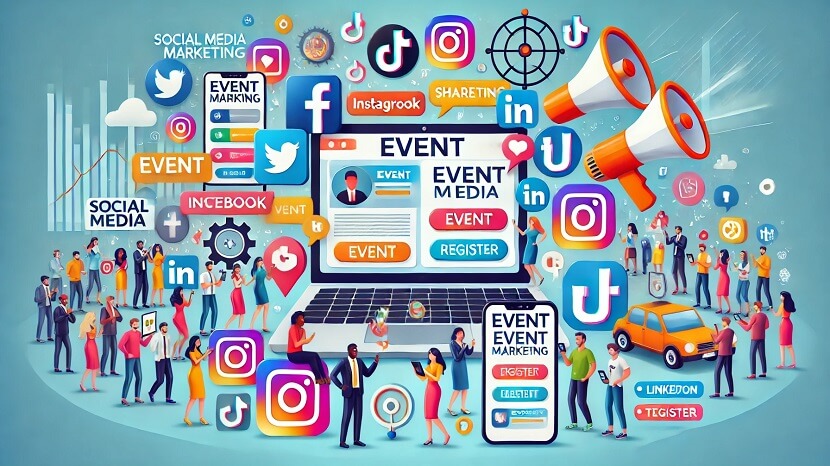
Social Media Marketing Events
Learn how to promote your event using social media! Boost engagement, drive registrations & maximize reach with expert strategies.
“Technology is best when it brings people together.” — Matt Mullenweg
